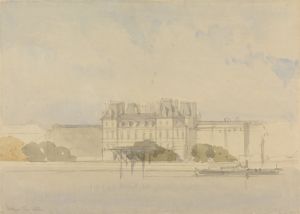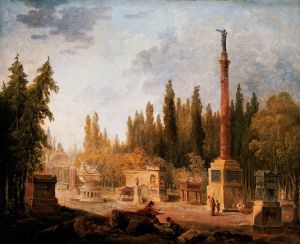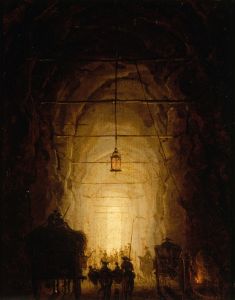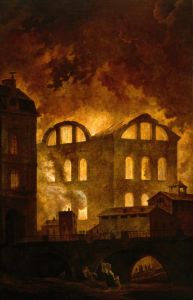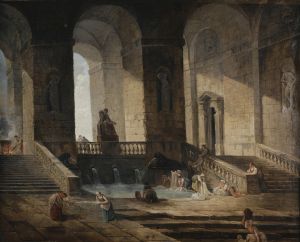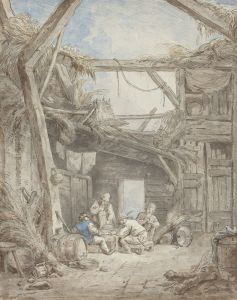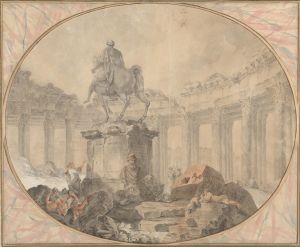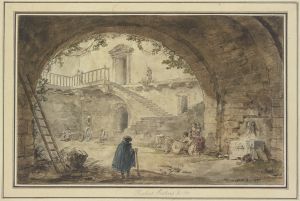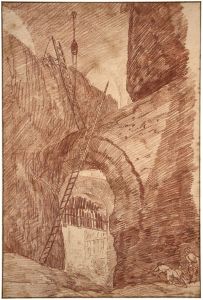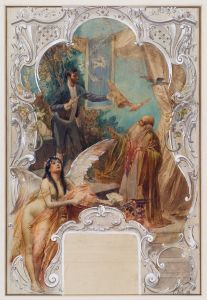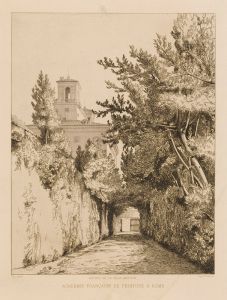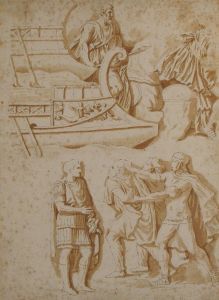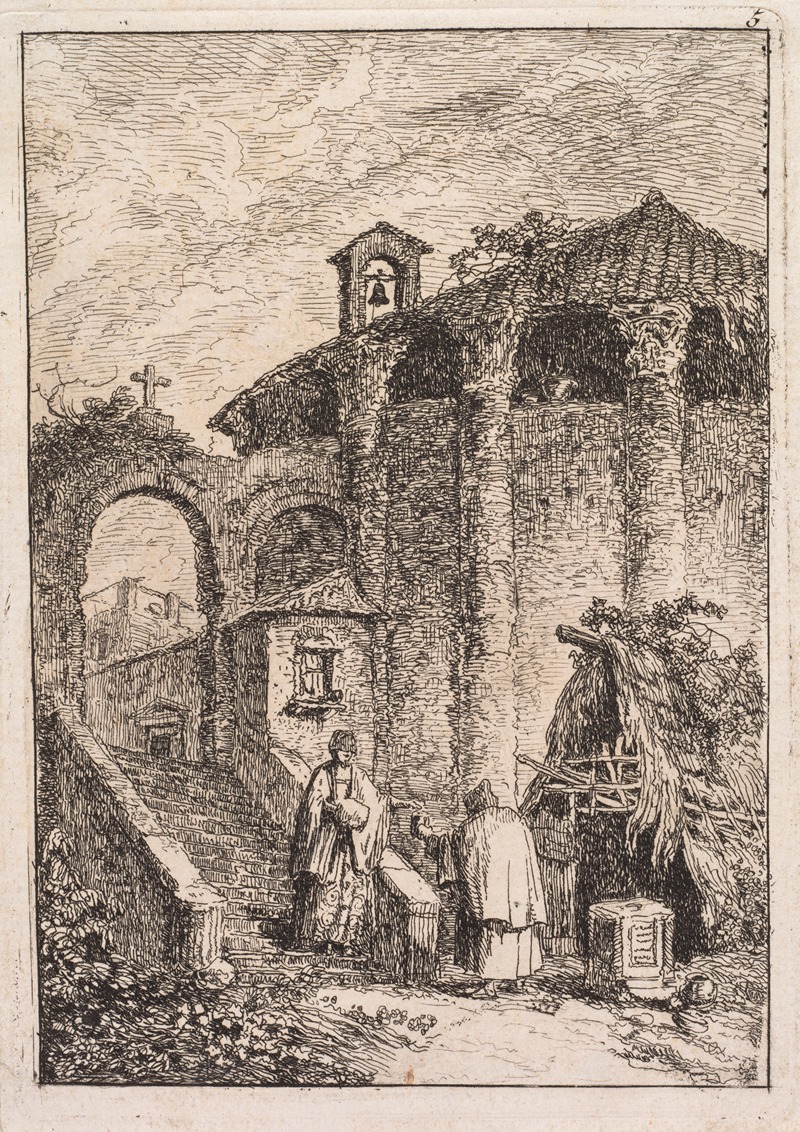
Le Temple Antique
A hand-painted replica of Hubert Robert’s masterpiece Le Temple Antique, meticulously crafted by professional artists to capture the true essence of the original. Each piece is created with museum-quality canvas and rare mineral pigments, carefully painted by experienced artists with delicate brushstrokes and rich, layered colors to perfectly recreate the texture of the original artwork. Unlike machine-printed reproductions, this hand-painted version brings the painting to life, infused with the artist’s emotions and skill in every stroke. Whether for personal collection or home decoration, it instantly elevates the artistic atmosphere of any space.
Hubert Robert's painting Le Temple Antique (The Antique Temple) is a notable work by the French artist, who was renowned for his depictions of architectural ruins and imaginative landscapes. Painted in the 18th century, this artwork reflects Robert's fascination with classical antiquity and his ability to blend real and imagined elements into a cohesive and evocative scene.
Hubert Robert (1733–1808) was a prominent painter during the French Enlightenment and a member of the Académie royale de peinture et de sculpture. He spent several years in Italy, from 1754 to 1765, where he was deeply influenced by the ruins of ancient Rome and the works of Giovanni Battista Piranesi, an Italian artist known for his etchings of classical architecture. This exposure shaped Robert's artistic style, which often combined romanticized visions of antiquity with a sense of decay and the passage of time.
Le Temple Antique exemplifies Robert's skill in creating atmospheric compositions. The painting depicts a grand, ancient temple partially in ruins, surrounded by lush vegetation and bathed in soft, diffused light. The structure's classical columns and arches evoke the grandeur of ancient Roman architecture, while the overgrown plants suggest the inevitable reclaiming of human creations by nature. The scene is populated with small human figures, who appear dwarfed by the scale of the temple, emphasizing the contrast between the permanence of monumental architecture and the transience of human life.
Robert's works, including Le Temple Antique, were not intended as precise historical records of specific locations but rather as imaginative reconstructions that celebrated the aesthetic and philosophical ideals of antiquity. His paintings often carried a sense of nostalgia and romanticism, reflecting the 18th-century European fascination with the classical past. This interest was part of a broader cultural movement known as Neoclassicism, which sought to revive the art and architecture of ancient Greece and Rome.
Le Temple Antique is characteristic of Robert's ability to evoke a mood of serene contemplation. The interplay of light and shadow, the meticulous attention to architectural detail, and the integration of natural elements all contribute to the painting's timeless appeal. The work invites viewers to reflect on the impermanence of human achievements and the enduring beauty of the natural world.
Hubert Robert's legacy as a painter of ruins earned him the nickname "Robert des Ruines" (Robert of the Ruins). His works, including Le Temple Antique, continue to be celebrated for their poetic and evocative qualities, as well as their ability to transport viewers to a world where the past and present coexist in harmony.





